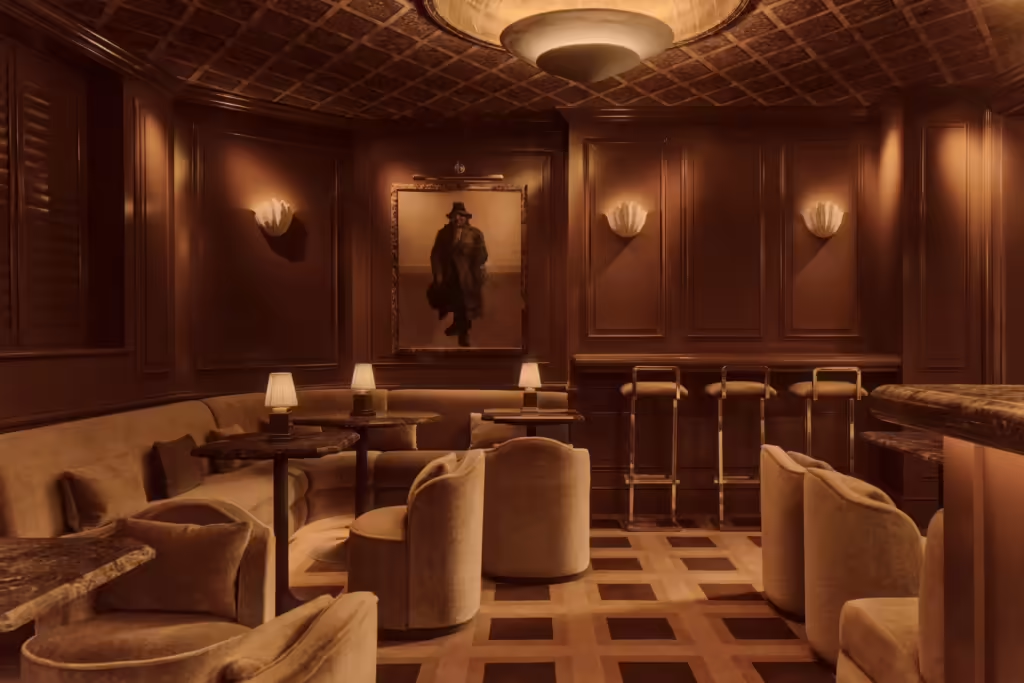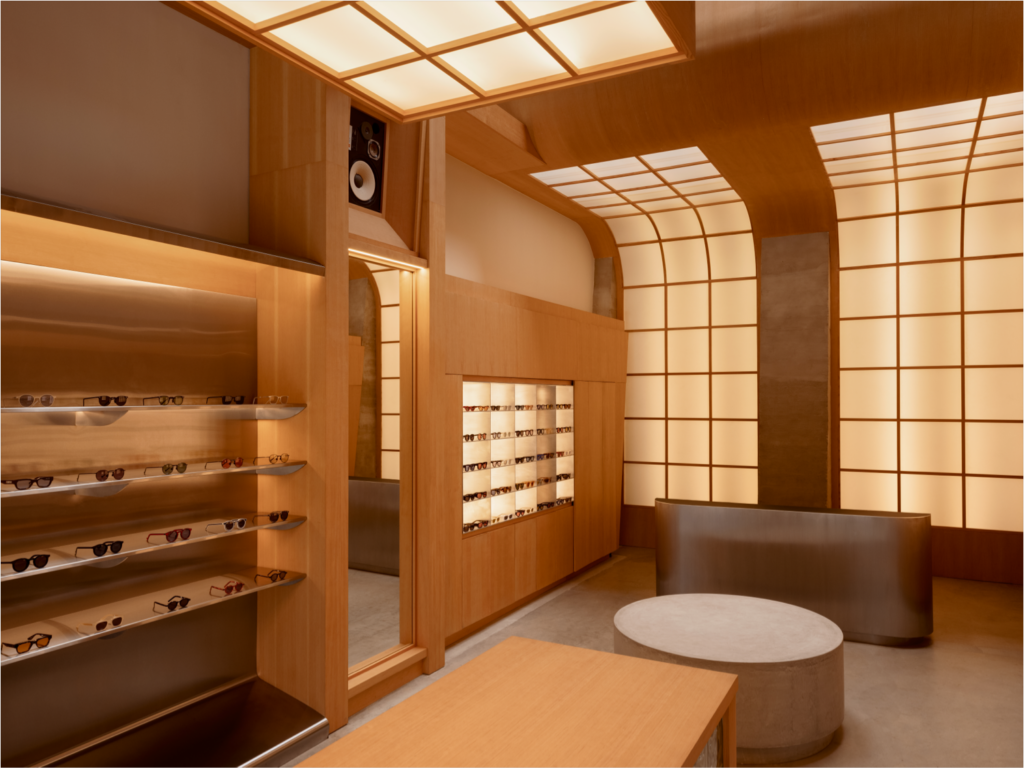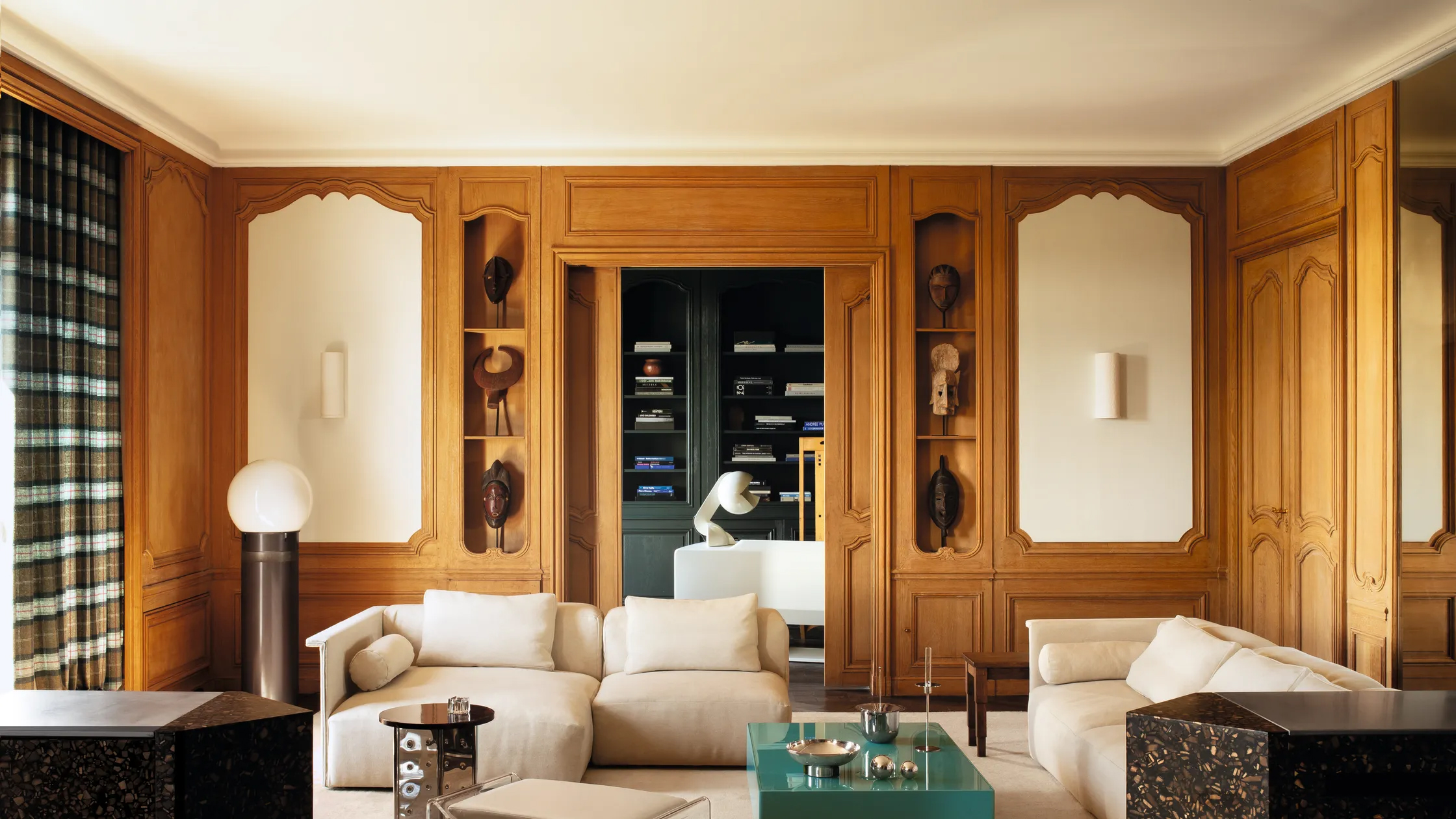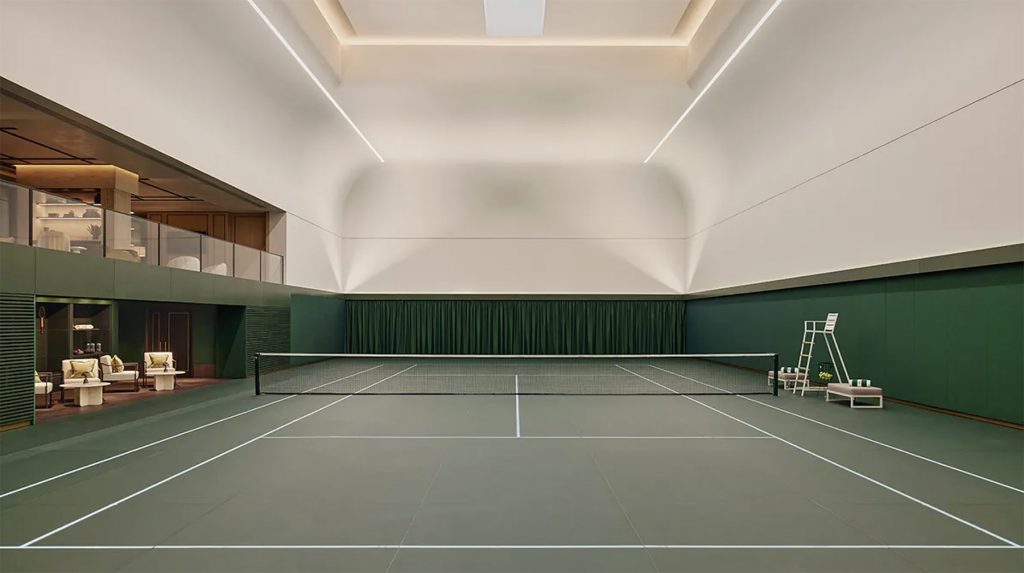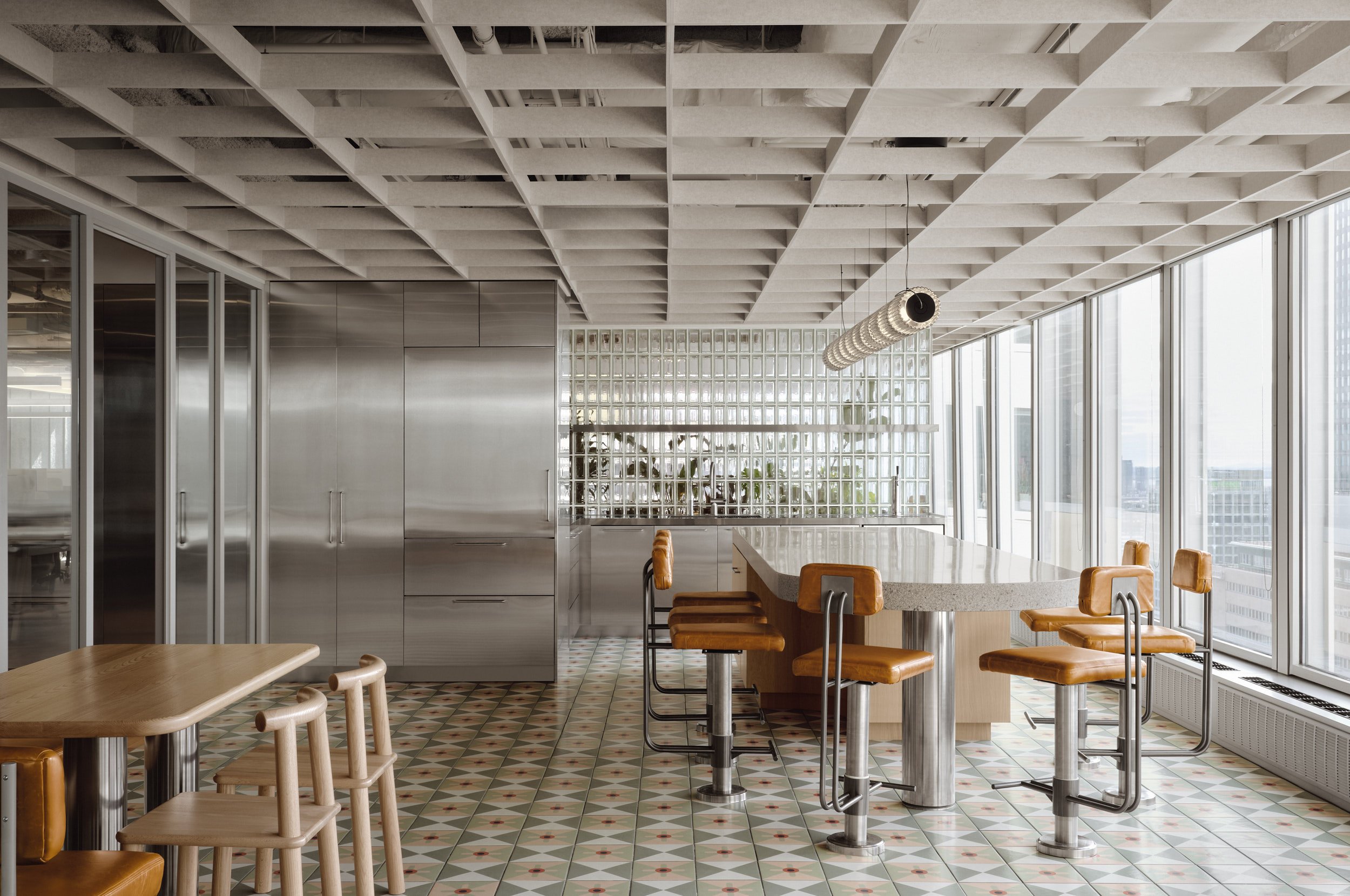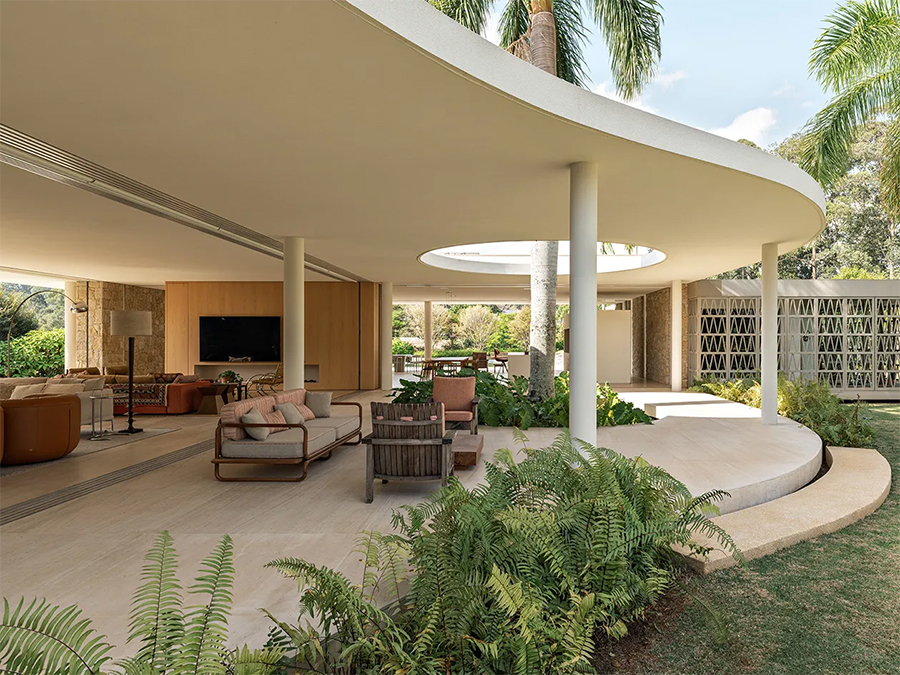
The transformation of the Pathé Palace in Paris by the renowned Renzo Piano is nothing short of cinematic in its own right—a masterclass in merging the timeless with the modern, creating an immersive experience that redefines what a trip to the movies can be. Located on the historic corner of Boulevard des Capucines and Rue de la Chaussée-d’Antin, this architectural marvel stands as a testament to how luxury, technology, and heritage can converge to create something exceptional.
Far from the multiplexes we’re accustomed to, the Pathé Palace offers a curated experience steeped in exclusivity and refined taste. From the moment you walk in, you’re transported into a different world, one that hearkens back to the golden age of cinema, yet feels wholly contemporary. For an eye-watering €25, you’re not just buying a ticket to see a film, you’re purchasing an invitation to indulge in Parisian sophistication. The plush leather club chairs are reminiscent of first-class airplane seats—fully reclining, heated, and arranged to provide maximum comfort and privacy. It’s a space designed for savoring both the film and the atmosphere.

But the Pathé Palace isn’t just about luxurious seating. It’s about a total sensory immersion. The technological setup is cutting-edge, featuring Onyx LED screens, Dolby Atmos sound, and Dolby Vision projection. Soon, even traditional film screenings will make a comeback, adding to the nostalgia. But it doesn’t stop there. In true Parisian fashion, the cinema includes a concierge service that attends to every detail. Whether it’s delivering pre-ordered drinks and sweets to your seat or offering a blanket for added warmth during the film, the level of personal attention feels more akin to a high-end hotel than a cinema.
The exclusivity on offer here deliberately elevates the entire experience. This is a place where films are no longer the main event—they’ve become interchangeable commodities in a space designed to sell ambiance and indulgence. Whether it’s a Mylène Farmer concert recording, a live broadcast of a Comédie-Française play, or a heritage film retrospective, the content is secondary to the environment. Patrons come to escape, to luxuriate in a Parisian enclave that offers more than just a fleeting distraction, but rather a full immersion into curated comfort. Even the popcorn, promoted as the best in Paris, is a gastronomic experience, paired with wine selections curated by the team from Le Taillevent, one of Paris’ most prestigious restaurants.
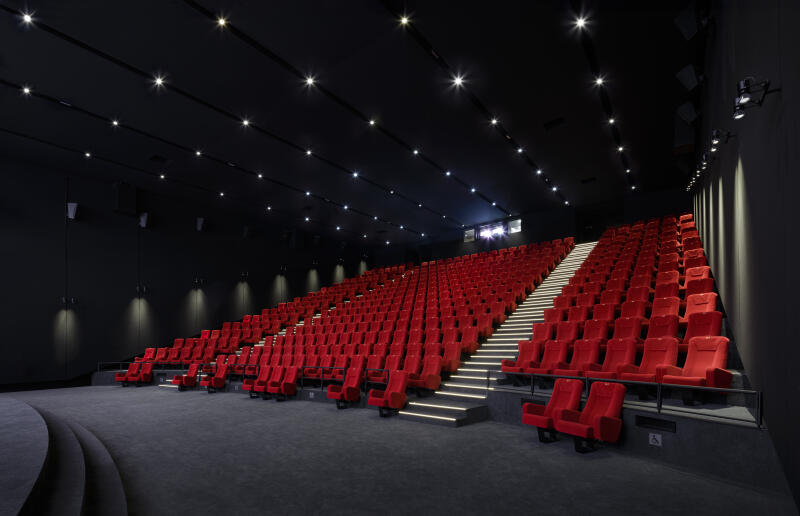
The architectural design itself plays a starring role. Renzo Piano, a Pritzker Prize-winning architect, was tasked with not only preserving the historical essence of this Belle Époque building but also injecting it with modernity and light. The result is a space that is open, airy, and filled with natural light, thanks to the large glass prism that Piano cleverly inserted into the roof. This feature allows sunlight to stream into the heart of the building, while birch trees reach upward, grounding the space in a serene natural beauty. The juxtaposition of heritage and modernity is perfectly embodied in the building’s facade—a restored freestone structure emblematic of Paris’ grandeur, now elegantly pierced by sweeping glass openings. It’s a delicate balance, but one that Piano navigates expertly.
The upper floors house the Pathé Group’s offices, connected by a massive terrace offering unparalleled views of Paris. The rooftop panorama stretches across the city, with landmarks like the Opéra and the Butte de Montmartre appearing close enough to touch. A futuristic capsule, reminiscent of a Stanley Kubrick spaceship, is set to land on this rooftop soon, offering a private screening room with unparalleled views. And then there’s the dome at the opposite end—a grey-green architectural element that houses a secretive oval-shaped room with large portholes framing the surrounding cityscape. Currently, this space remains underutilized, its aggressive acoustics making it something of an enigma for the cinema’s management.

Inside, Piano’s signature lightness and elegance define the space. The mezzanines, which stretch across various levels, are supported by a fine metal structure that mimics ship cables, creating a sense of suspended grace. This architectural lightness contrasts with the building’s historical elements—the grooved marble, stucco, and cast-iron railings adorned with gilding—anchoring the cinema in its Belle Époque origins. It’s a busy decor, one that might seem dissonant at first, but upon closer inspection, reveals a harmonious tension between old and new, a tension that mirrors the cinema’s mission of offering a high-end experience in a world increasingly dominated by fast, platform-based consumption.
Yet, there are moments of dissonance, reminders that the Pathé Palace is a commercial venture in a city increasingly shaped by private interests. The surveillance cameras at the entrance, incongruous against the Belle Époque facade, are a subtle nod to the shifting nature of public and private space in modern Paris. But even these elements feel intentional, as though they’re part of the narrative, a commentary on the evolving role of the city in the face of globalization and commercialization.

In its reimagining of the Pathé Palace, Renzo Piano has succeeded in creating more than just a cinema—he’s crafted an experience that redefines what it means to watch a film in the 21st century. This is cinema as an art form, not just on the screen, but in the space itself. Every detail, from the architecture to the amenities, has been designed to immerse the viewer in an atmosphere of luxury, nostalgia, and modernity. In doing so, Piano and the Pathé Group have breathed new life into a Parisian icon, offering a space where cinema, architecture, and exclusivity collide in a truly spectacular way. – Bill Tikos





